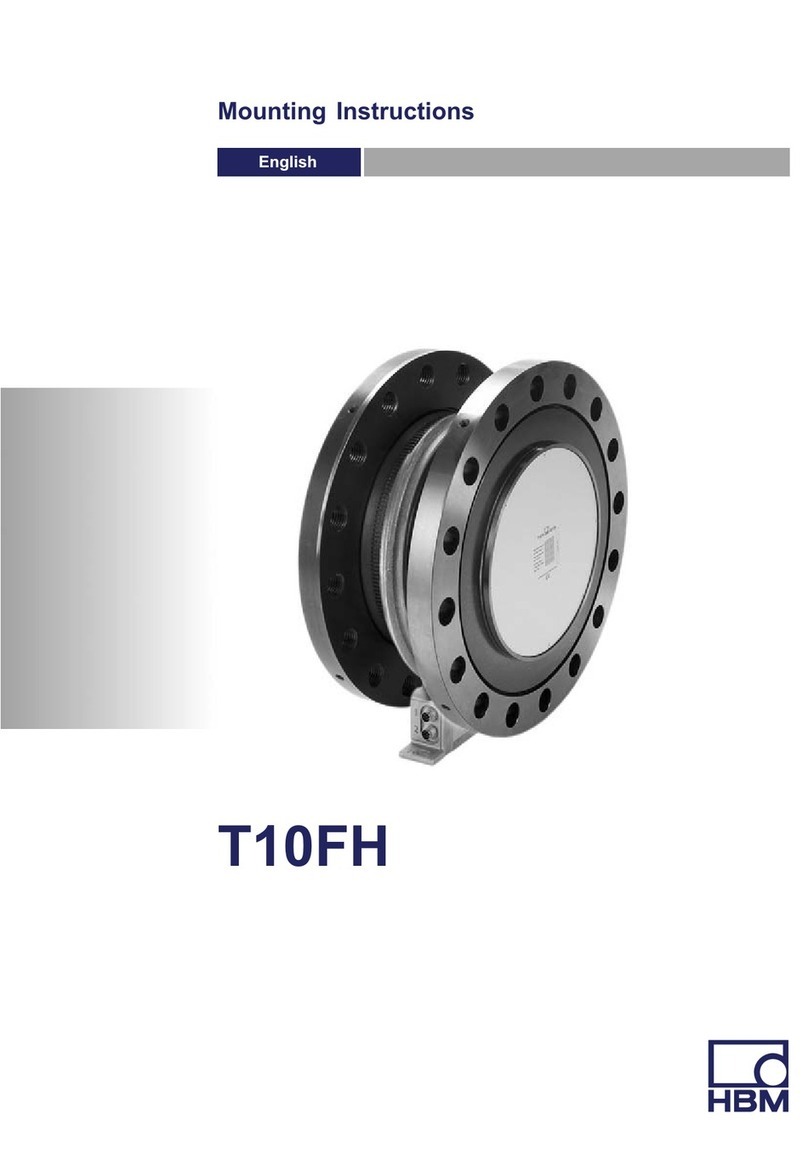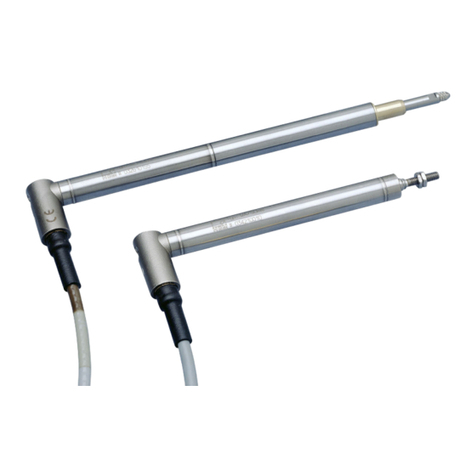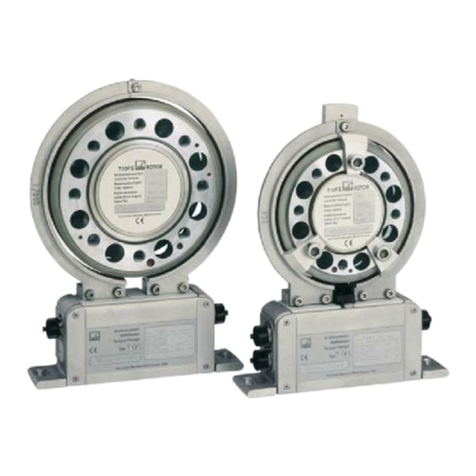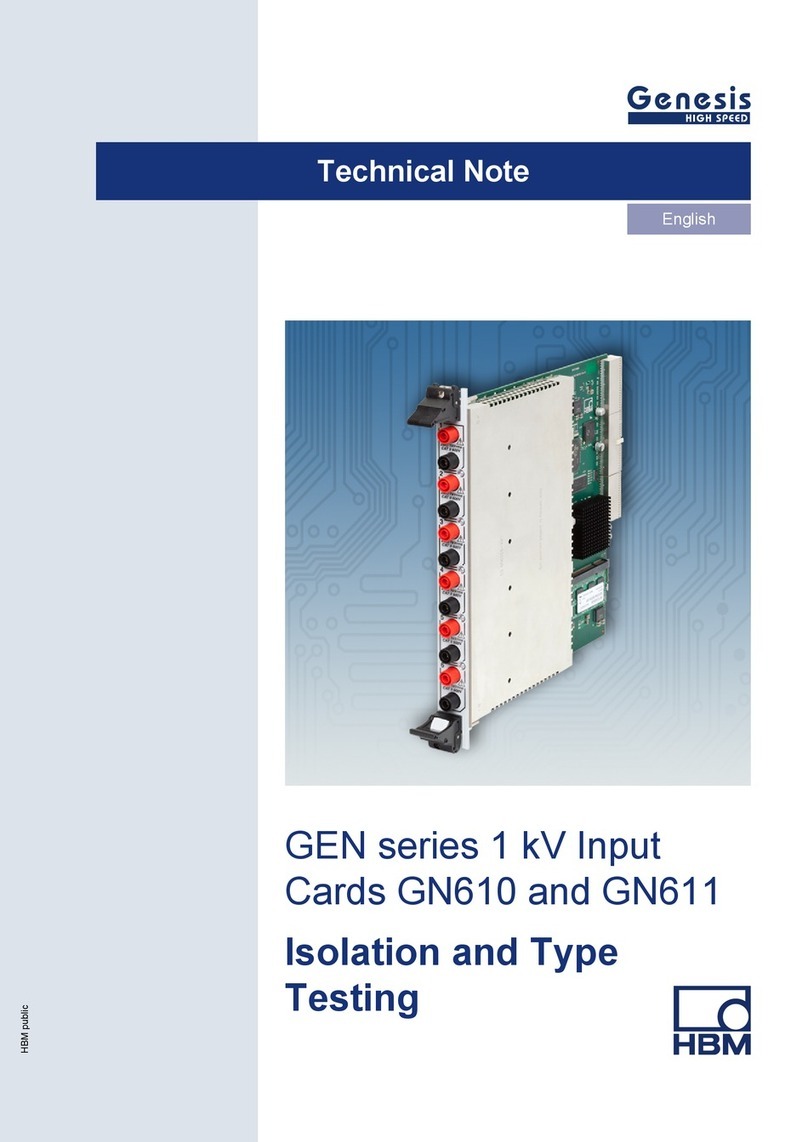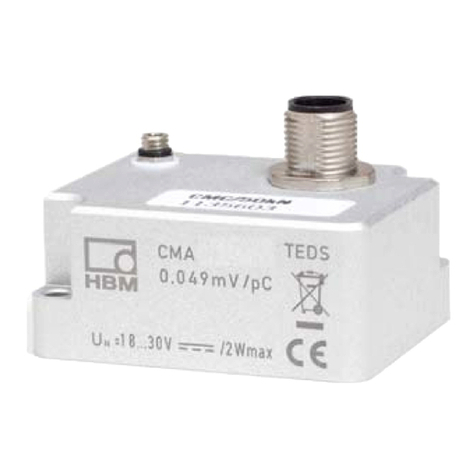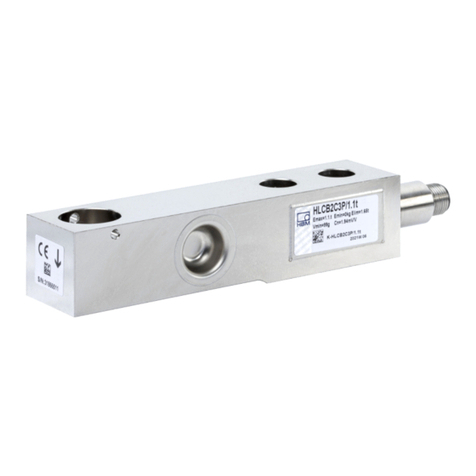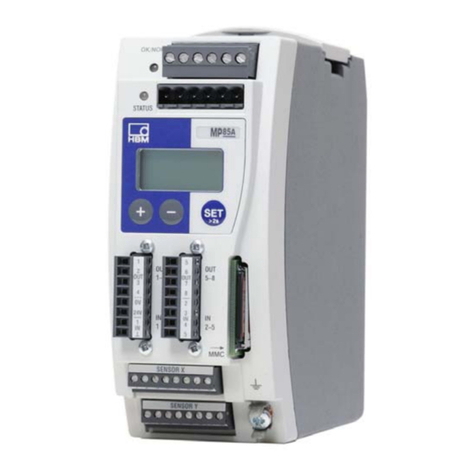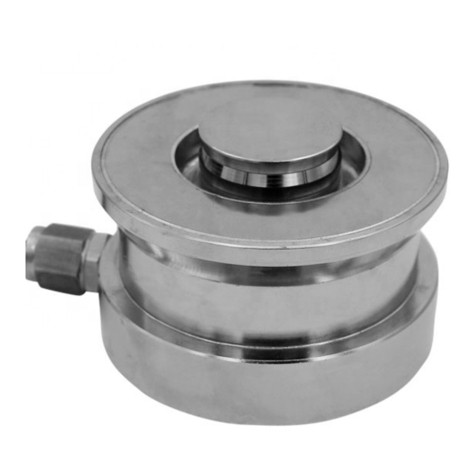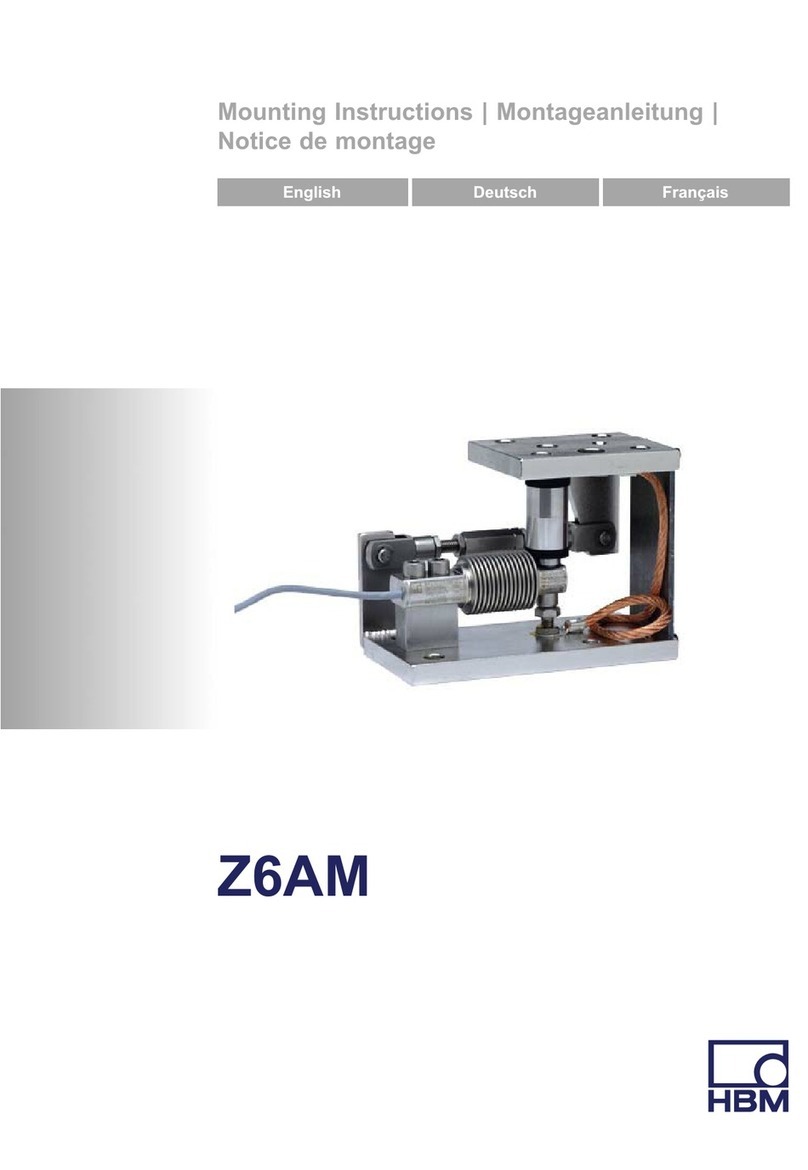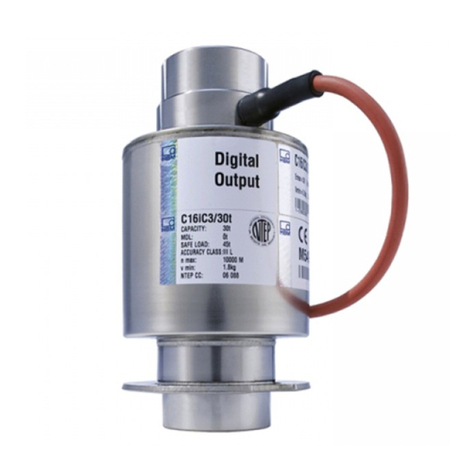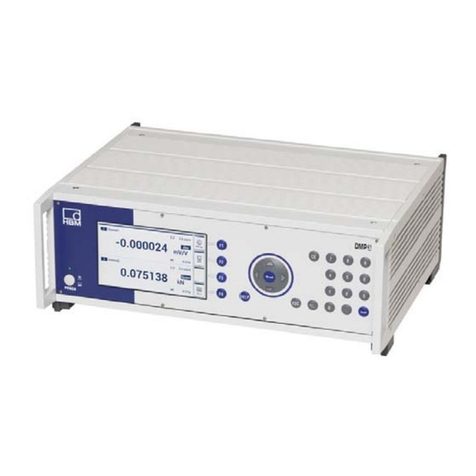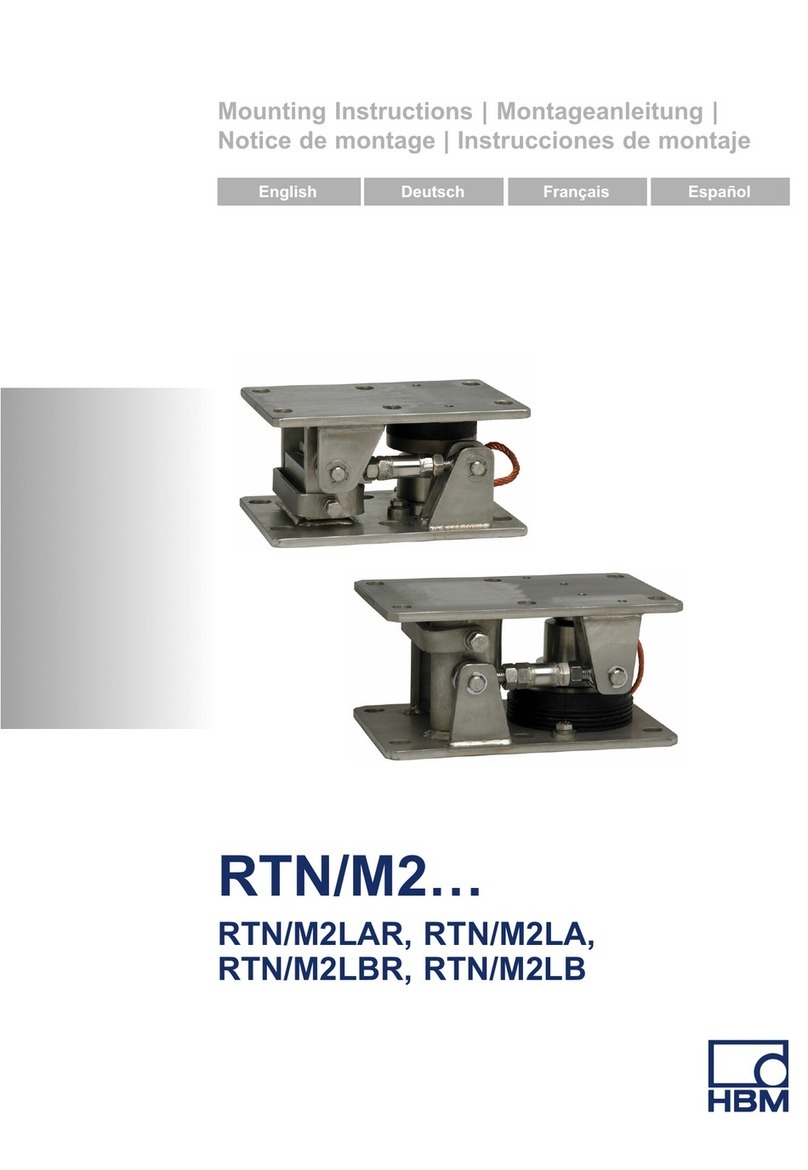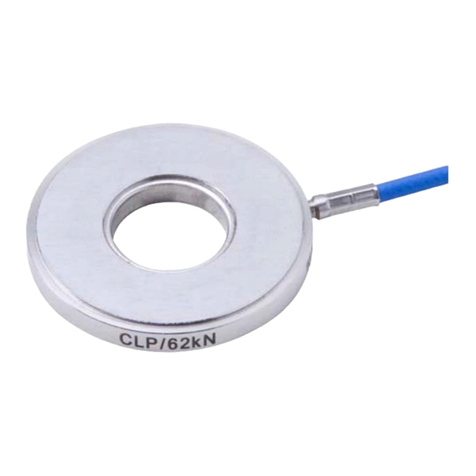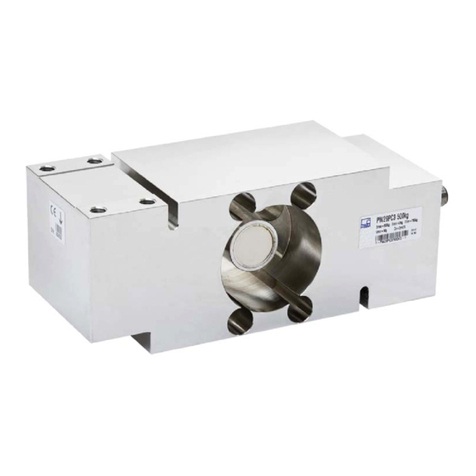
Safety instructions
K148 A01681_03_X00_04 HBM: public 3
1 Safety instructions
Appropriate use
The K148 calibration unit must only be used to calibrate strain‐gauge bridge
measuring amplifiers. Use for any purpose other than the above shall be
deemed to be inappropriate. In the interests of safety, the device should only
be operated as described in the Operating Manuals. It is also essential to
comply with the legal and safety requirements for the application concerned
during use. The same applies to the use of accessories.
Each time, before starting up the equipment, you must first run a project
planning and risk analysis that takes into account all the safety aspects of
automation technology. This particularly concerns personal and machine
protection.
Additional safety precautions must be taken in plants where malfunctions could
cause major damage, loss of data or even personal injury. In the event of a
fault, these precautions establish safe operating conditions.
This can be done, for example, by mechanical interlocking, error signaling, limit
value switches, etc.
General dangers of failing to follow the safety instructions
The K148 system is a state of the art unit and as such is reliable. The module
may give rise to dangers if it is inappropriately installed and operated by
untrained personnel.
Any person instructed to carry out installation, starting up, maintenance or
repair of the module must have read and understood the Operating Manual
and in particular the technical safety instructions.
Conditions on site
SProtect the device from direct contact with water.
SProtect the K148 from moisture and humidity or weather conditions such as
rain, snow.
SDo not expose the device to direct sunlight.













